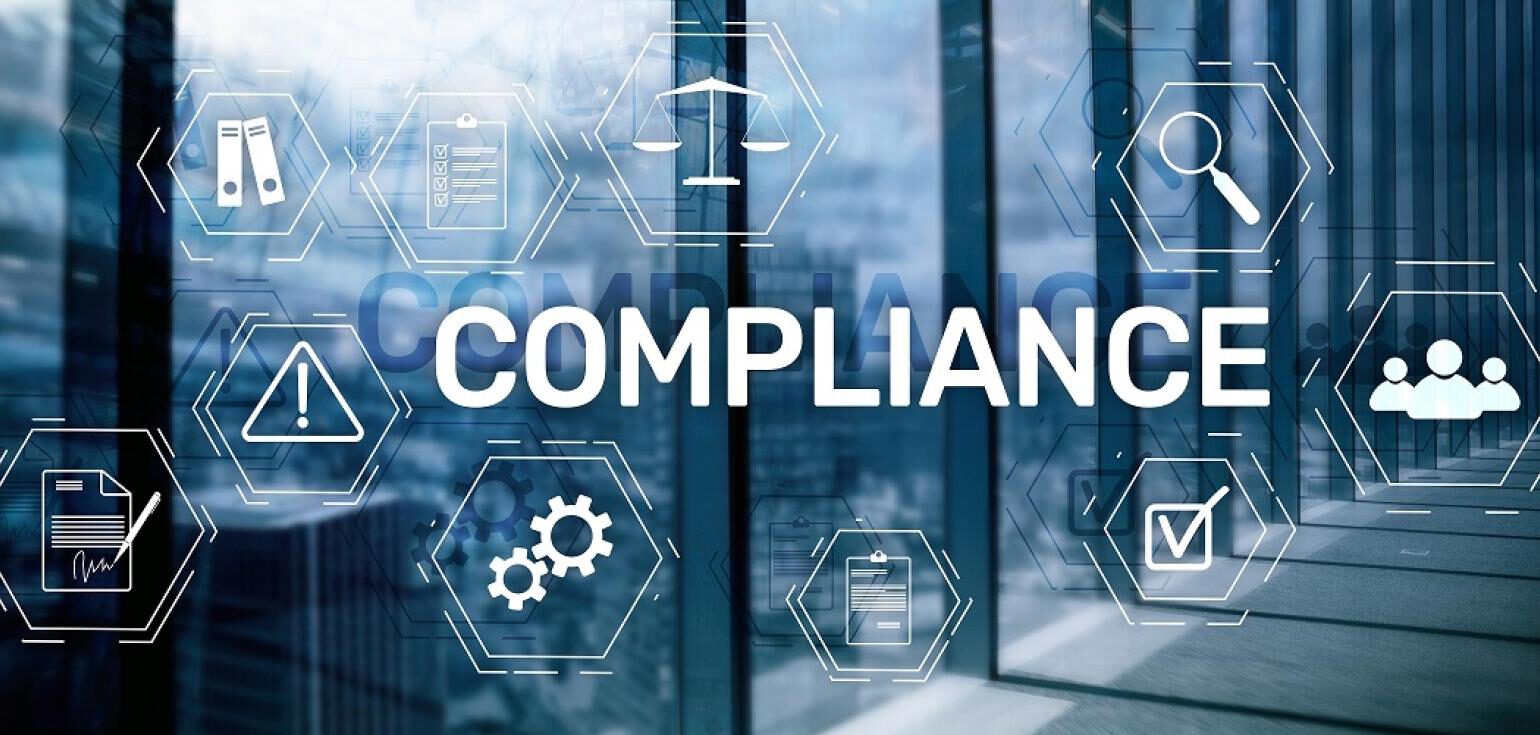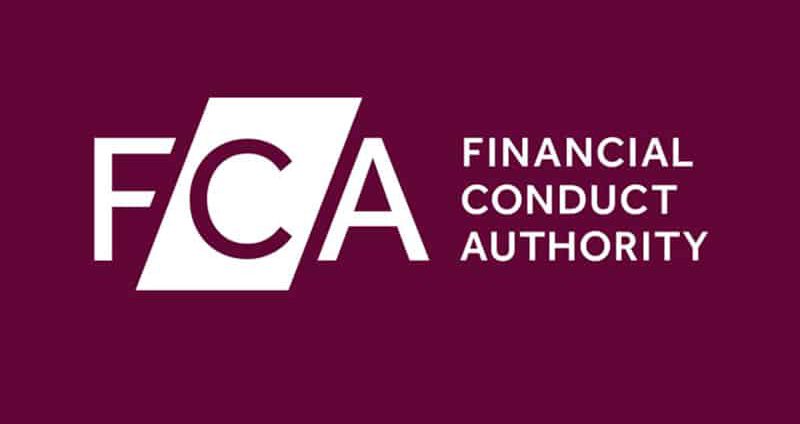by Simon Lelieveldt
We live in challenging times. A range of natural, macro-economic, technical and geopolitical factors influence the world we are living in. These developments shaped prior laws and the behaviour of regulators, supervisors and private companies and will continue to do so. Somewhere along the line, we can see a board member with the task to ensure adherence to law. He or she is responsible for compliance and has a range of compliance managers, advisors, business lines and experts available to help out. Continue reading…










